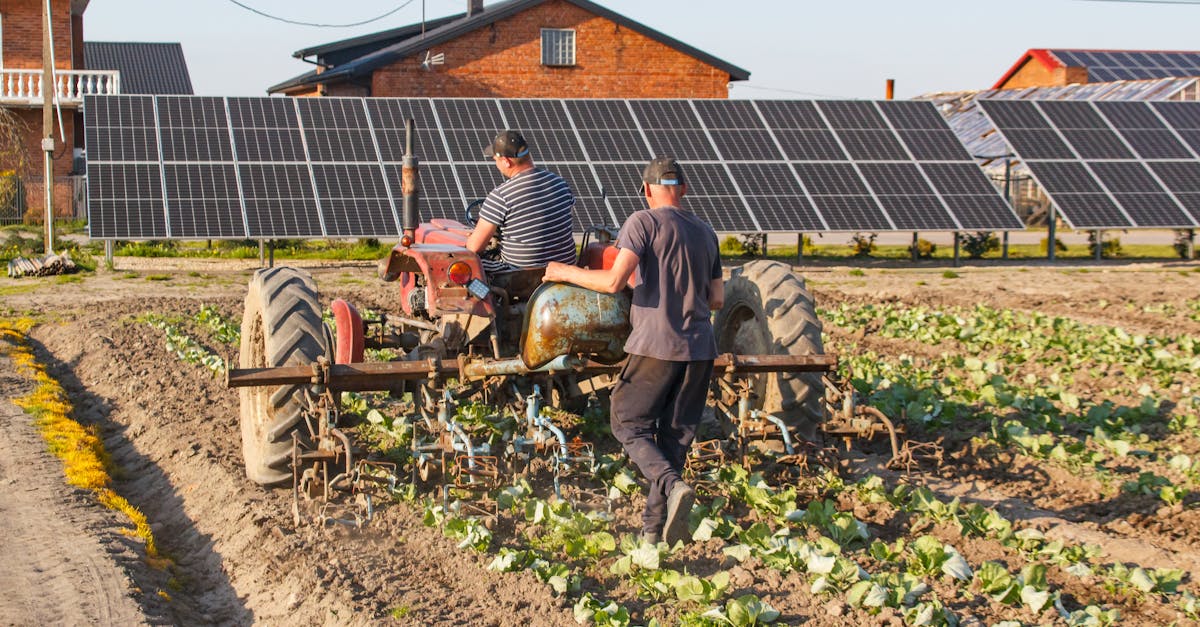Essential Guide to Sustainability
Introduction
Sustainability is more than just a buzzword—it’s a crucial principle for our future. Defined as meeting the needs of the present without compromising the ability of future generations to meet their own needs, sustainability is a comprehensive approach that encompasses environmental, social, and economic considerations. Understanding sustainability can empower us to make informed decisions that foster a healthier planet.
Advertisement
What is Sustainability
Sustainability is based on three main pillars: the environment, society, and economy, often referred to as the 'triple bottom line.' Environmental sustainability focuses on reducing our ecological footprint by conserving natural resources and reducing waste and pollution. Social sustainability prioritizes the well-being and quality of life for all societal segments. Economic sustainability stresses the importance of strong, stable economies that serve the community while respecting the environment.
Advertisement
Importance of Sustainability
The pressing need for sustainable practices stems from growing environmental concerns, such as climate change, deforestation, and biodiversity loss. By adopting sustainable measures, communities can ensure cleaner water, air, and a robust ecosystem. Over the long term, sustainability aims to maintain environmental and economic stability while ensuring equitable social systems, ultimately safeguarding the planet for future generations.
Advertisement
Examples of Sustainable Practices
Everyday sustainable practices can range from small adjustments to lifestyle changes. For instance, reducing energy consumption through efficient appliances, participating in recycling and composting, and choosing public transportation or cycling over driving alone. Communities may implement green building projects, preserve open spaces, or develop renewable energy sources such as solar or wind power to support sustainable urban development.
Advertisement
The Role of Technology
Innovation and technology play a central role in advancing sustainability. Developments like electric vehicles, solar panels, and smart grids contribute to reducing carbon footprints. Technologies such as AI and IoT help optimize resource use, enabling industries to operate more efficiently and sustainably. These advancements allow for intelligent resource management and contribute significantly to global sustainability goals.
Advertisement
Corporate Responsibility in Sustainability
Corporations have recognized that sustainability positively impacts their bottom line and brand image. Many businesses have embraced Corporate Social Responsibility (CSR) initiatives that focus on sustainable growth strategies. Companies now aim to reduce emissions, improve supply chain transparency, and ensure ethical labor practices. By doing so, they boost consumer trust and leveraging sustainability as a competitive advantage.
Advertisement
Sustainability in Agriculture
Traditional farming practices have often led to environmental degradation, but sustainable agriculture offers promising alternatives. Techniques such as crop rotation, organic farming, and permaculture work to maintain soil health, reduce water consumption, and increase biodiversity. By building resilient food systems, sustainable agriculture ensures food security and minimizes climate impacts.
Advertisement
Challenges Facing Sustainability
Despite the growing awareness and implementation of sustainable practices, significant challenges remain. Economic constraints, resistance to change, and political factors can stall sustainability efforts. Education and public engagement are vital to overcoming these challenges. Encouraging open dialogue and partnerships across sectors can help pave the way for more meaningful progress.
Advertisement
Sustainability and Policy
Creating effective policies is essential to encourage sustainability at both national and international levels. Regulations on waste management, emissions, and renewable energy adoption are vital components. Policy-makers are urged to adopt inclusive models that involve stakeholders and encourage public participation to ensure long-term effectiveness in our collective sustainability journey.
Advertisement
Conclusion
Embracing sustainability is an ongoing journey demanding global cooperation, innovation, and committed evolution. By embedding sustainable principles into everyday life, industries, and governance, we safeguard resources and foster a future where both human societies and the planet can thrive harmoniously. Together, we can create a sustainable future that's resilient to challenges and is equitable for all.
Advertisement
